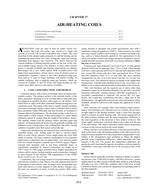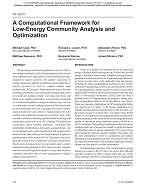HEPA-filter media, though having excellent particleremoval efficiencies, remain characterized as rather brittle, fragile, and weak materials. As a result, undesired structural damage, followed by significant losses in filtration efficiency, can easily occur in handling, transport, and even normal operation of filter units.
In recent years, extensive investigations into the structural limits of HEPA filters in dry air and under extended exposure to high-humidity airflow have been carried out. In the course of this work, the failure modes and the underlying failure mechanisms were thoroughly studied. On the basis of the information obtained, considerable improvements in the structural strength of HEPA filters could be achieved. As verified by removal efficiency tests, differential pressures up to 56 kPA in dry air and 15 kPa after extended operation under fog conditions were proved to be sustainable without mechanical damage to the filter medium.
In cooperation with three major European filter manufacturers, the knowledge gained has been transferred into practical application through development of commercially available high-strength filter units that already are widely used in nuclear facilities.
Citation: Symposium, ASHRAE Trans., vol. 95, pt. 2
Product Details
- Published:
- 1989
- Number of Pages:
- 13
- File Size:
- 1 file , 2.6 MB
- Product Code(s):
- D-27271


